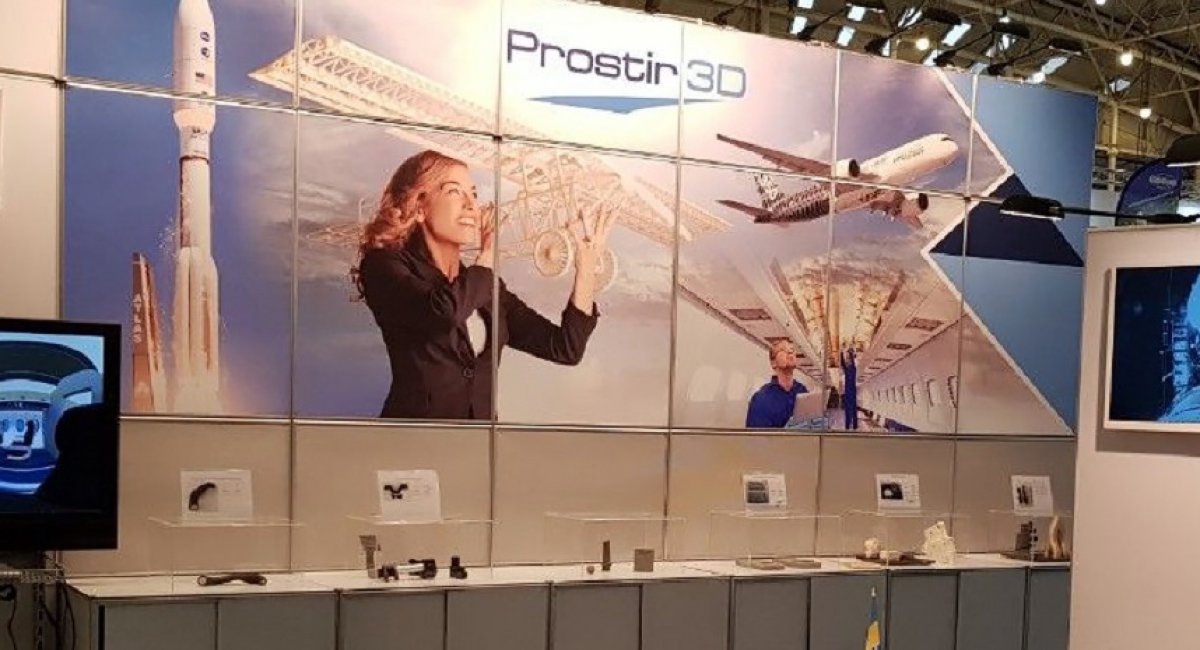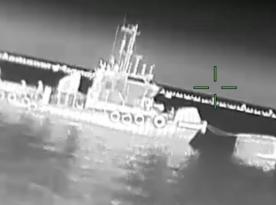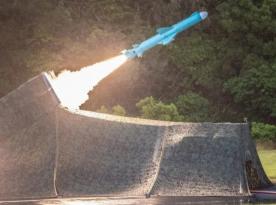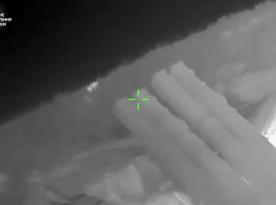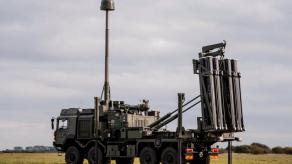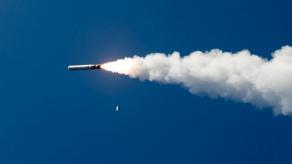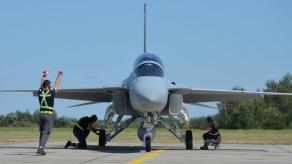The next step is the implementation of innovative solutions in the development and production of defense products.
Aviation - on the frontline
Since the first glider of the Wright brothers, which was launched in the 1900s, the technology of aircraft building has significantly improved. making international flights and space exploration a reality. Intercontinental space travel and space exploration have become a reality thanks to the continuous improvement of aircraft design, the application of new materials and advanced design in their development.
Being the first supporter of 3D printing, the aviation has become a driving force in the evolution of this technology, both for the production of end-use products and for production tooling. Additive manufacturing, better known as 3D printing, plays a significant role in this revolution, due to the reduced weight of finished parts, high strength of materials and the possibility of optimizing the design without any production restrictions.
In fact, minimizing weight allows manufacturing companies to reduce costs, as weight affects payload, fuel consumption, emissions, speed, and even safety. Unlike traditional manufacturing processes, such as CNC, where material is removed to get the required part, the 3D printing technology of Stratasys FDM builds a part by layering overlay molten plastic strands, allowing creating complex surfaces and producing simplified construction with less total amount of components - all this is the reason for the weight loss of the aircraft.
The military was one of the first to be interested in this technology. The problem was that special parts were needed to repair the aircraft at long-dustance air bases or aircraft carriers. The logistics of supplying such spare parts was complicated. In the 2000s, the US military and engineers decided to produce the necessary parts directly on-sute using 3D printers. The idea of the process was that the required parts or technological equipment in the form of a 3D model were sent instantly by the aircraft designers via electronic communications to the airbase. And the Stratasys additive systems on-site have materialized this in finish part. Thus, a fuselage frame was damaged on one of the AV-8B vertical take-off and landing aircraft during a rigid landing on the aircraft carrier's deck. Required parts for repairing aircraft were missing. Therefore, the designers of the aircraft were urgently designed the necessary elements for repair, which were printed directly on the aircraft carrier. The aircraft was restored promptly.
The most frequently additive technologies in the aviation are used for development and production elements of the interior cabin and cockpit. For example, a Czech company uses a dashboard, helmets, interior and exterior details made using 3D printing on its Evektor VUT100 Cobra motorized aircraft. All parts are printed on the Stratasys Fortus 900 additive system from special aviation thermoplastic Ultem 9085. This aircraft was designed back in 2000, but still has a fairly modern cockpit layout because the company is constantly updating the cabin design and adapting it to meet the needs of the customer. It would be almost impossible and quite expensive without modern additive technologies.

In 2013, at the Le Bourget air show, Airbus company presented the A350 XWB. The aircraft has installed over a thousand parts printed on a 3D printer. So even today, the A350 XWB has more parts manufactured with this technology than any other aircraft. This technical experiment was the beginning of using 3D printing for civilian airliners. Previously, this technology was only used for military aircraft.

Air ducts, wall panels, seat frames and even engine components - all of these parts received the weight reduction provided by 3D printing. Certification of Stratasys Ultem 9085 material for use in aviation allowed manufacturers to spend no time in costly expensive material testing, and made it possible to receive finished products directly from the printer. Materials Ultem1010, Ultem9085 are the most used materials of FDM technology in aviation.

How is in Ukraine?
Ukrainian aviation industry has used additive technology significantly later than the leading foreign aircraft manufacturers. Only in 2015 at the Le Bourget International Air Show, the first Ukrainian aircraft which in its construction contained 3D printing parts rose into the sky. It was a military transport aircraft AN 178. The design and construction of the aircraft was accomplished in record time due to the use of digital technologies.
Time required unconventional and innovative solutions. It was necessary to quickly make geometrically complex parts of the cockpit,which would be perfectly integrated into the fuselage of a plane. Additive technologies came to the rescue. All structural parts were obtained by 3D printing from modern material Ultem 9085 on the Stratasys additive system Fortus 900. The result was achieved through close cooperation of the engineers of SC Antonov with the specialists of the Ukrainian company Prostir 3D.


In the new project of the military transport aircraft AN 132 the engineers from the beginning have included to the design more than 10 part names made by using additive technology. Due to the high speed of production, several iterations (modifications) of parts were performed to obtain the optimal result. The final parts were made of Ultem 9085 material on the additive system Fortus 450.

Not only aviation
In Ukraine, additive technologies are being implemented not only in aviation. Another of the competitive industries of the Ukrainian economy - the space rocket industry is actively armed with modern technological solutions, equipment and materials.
Thus, one of the most well-known and recognized scientific and design companies in the world in the field of space technology development – Yuzhnoye State Design Office named after M.K. Yangel uses additive technologies at the stage of development of modern launch vehicles and spacecraft.

Among other things, during the creation of new solid propellant rocket engine at Yuzhnoye SDO, most of the parts and elements were made of composite materials and modern thermoplastics that replaced aluminum and titanium. Materials such as Ultem 9085, Ultem 1010 have high quality advantages over metals, that has been proven in practice by repeated testing. Moreover, details of these materials can now be obtained by 3D printing. In this regard a production site has been set up at Yuzhnoye SDO in 2019 to implement the latest developments. The main technological unit of this site is the industrial 3D additive system Stratasys F900.
Stratasys 3D additive system F900 on Yuzhnoye SDO
Furthermore, together with the contractors and with the assistance of the PROSTIR 3D team, Yuzhnoye SDO is developing systems and instruments for spacecraft using additive technologies. For these tasks, it is planned to use the latest high-tech material Antero 800, which was developed in 2016 by the American company Stratasys
Currently not only Yuzhnoye SDO but most of the world's aerospace companies, including Space X, United Launch Alliance, Lockheed Space, are successfully using additive technologies. This makes it possible to significantly reduce the time of development of modern technology and to achieve new opportunities. Testimony to this is the real launch of the new ATLAS V and Falcon 9 rockets, and the Dragon and Orion spacecrafts.
Lockheed Space is successfully using additive technologies.
About prospects
Industrial giants such as Boeing, General Electric, Lockheed Martin are already very interested in and use these technologies in their production.
Currently leading aerospace companies are conducting promising work on the manufacture of structural parts of the fuselage, cabin, crew cabin, external elements of the aircraft engine using additive technologies. Traditional metal is replaced by modern high-tech materials of the Ultem and Antero families. Equipment manufacturers are offering new solutions and enhancing functional capabilities of additive systems. It can be stated that 3D technologies enable aircraft builders to reduce production costs, improve aircraft performance, and simplify their customization process to meet customer needs.
It should be noted that all the benefits of using additive technologies will work as well in their implementation in the development and production of modern weapons systems and military equipment. Some leading Ukrainian arms and military equipment developers, realizing all the benefits of using modern additive systems and materials, are already working to maximize the impact of their application. The next step is the mass introduction of additive technologies. This is one of the ways that can ensure the ambitious task currently facing the Ukrainian defense industry, namely "to increase arms and military equipment exports to $ 2 billion a year in the near future."
At the moment everything is saying that in order to remain competitive and expand the presence on the market, it is necessary to continue to actively introduce modern technologies and to expand the use of modern equipment and materials for additive manufacturing. And these technologies and the successful experience of using them are already in Ukraine. All is needed is not to lose momentum...
Taras KHORTYTSIA
Read more: Ukrainian Navy holds joint exercises with U.S. ships in Black Sea



